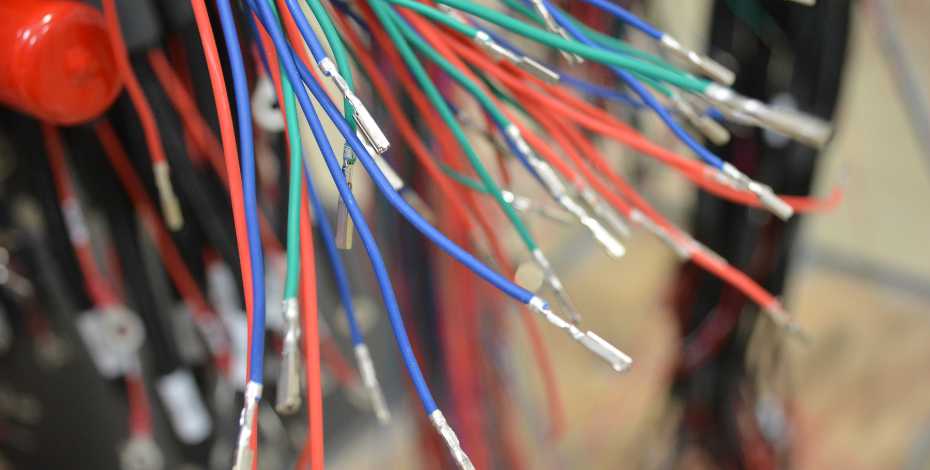
In the world of electronic assembly, efficiency, reliability, and aesthetics go hand in hand. At PGF Technology Group, a leading electronic assembly manufacturing company, we understand the importance of efficient wire routing in achieving neat and organized assemblies. In this blog post, we will explore the art of wire routing and share best practices that contribute to tidy and efficient cable and wire harness assemblies.
How Does a Manufacturer Achieve Efficient Wire Routing?
- Plan Ahead: Successful wire routing begins with meticulous planning. Before any wires are installed, have a well-thought-out wiring plan that includes the location of each component, the length of wires required, and potential routing paths. This initial blueprint will serve as your guide throughout the assembly process.
- Group Similar Functions: Grouping wires and cables by function is a fundamental practice in wire routing. By clustering wires with similar purposes, you reduce the risk of interference and make it easier to identify and trace connections during troubleshooting.
- Use Cable and Wire Harness Assemblies: Utilizing pre-assembled cable and wire harnesses is a game-changer. These harnesses are designed to neatly organize and route wires, minimizing clutter and reducing the risk of tangling. Customized harnesses can be tailored to your specific project requirements.
- Maintain Consistent Spacing: Maintain uniform spacing between wires within a harness to ensure a neat and organized appearance. Consistent spacing not only enhances aesthetics but also aids in maintaining proper airflow and reducing the risk of overheating.
- Secure with Fasteners: Use appropriate cable ties, clips, and fasteners to secure wires and harnesses in place. These fasteners not only prevent movement but also ensure that wires are routed along designated paths, reducing the risk of accidental damage.
- Avoid Sharp Bends and Stress Points: Sharp bends in wires can cause strain and damage over time. Ensure that wire routing avoids tight bends and stress points. Gentle curves and gradual bends are preferable to maintain wire integrity.
- Label and Document: Labeling wires at both ends and documenting their purpose is essential for efficient wire routing. This practice simplifies troubleshooting and maintenance, saving time and effort in the long run.
- Consider Serviceability: Think about future servicing needs when routing wires. Leave ample slack in wires to allow for component replacement or repairs without the need for re-routing.
- Color Coding: Implement a color-coding system for wires, especially when dealing with numerous connections. This aids in quick identification and reduces the likelihood of mistakes during assembly, maintenance, or upgrades.
- Regular Inspections: Conduct regular inspections of wire routing to ensure that wires remain secure and organized. Over time, vibrations and thermal cycling can affect the stability of wire routing.
Efficient wire routing is both a science and an art. It combines technical precision with an eye for detail to create assemblies that not only function flawlessly but also look impeccable. At PGF Technology Group, our cable and wire harness assembly services incorporate these best practices to ensure that your electronic systems are not only efficient and reliable but also visually appealing. Whether you’re working on consumer electronics, industrial machinery, or any other project, our expertise in wire routing will contribute to the success and longevity of your assemblies. Contact us today to explore how our wire routing solutions can elevate your electronic assembly projects.


